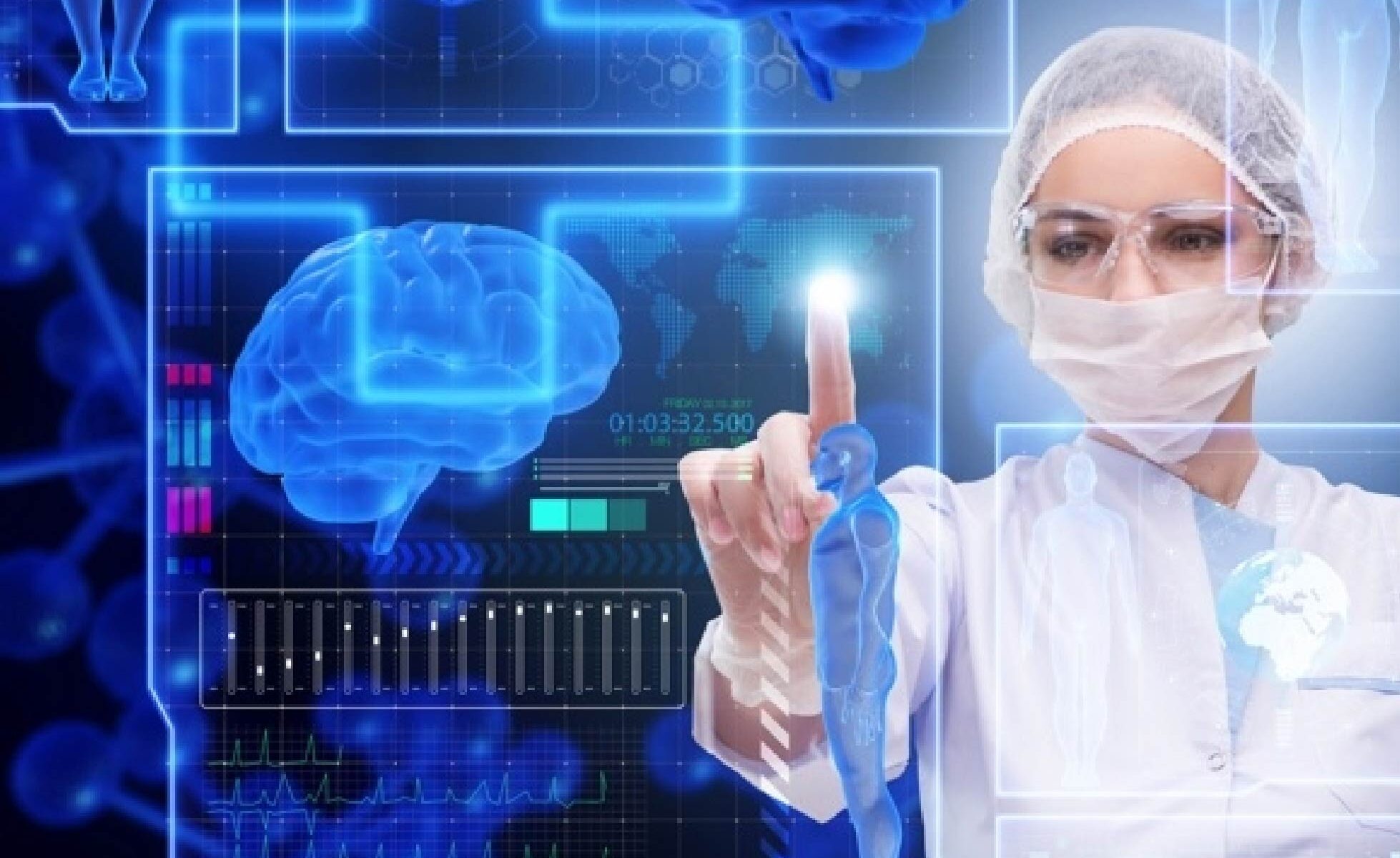Artificial intelligence has come a long way since it was first established as a field in 1956. Over 60 years ago at Dartmouth College, a group of scholars organized by computer scientist John McCarthy coined the term. The Dartmouth group wanted to explore the possibilities of having machines solve problems that humans typically solved using their natural intelligence. Today, AI has evolved past that early research and development stage.
In recent years, there has been an amplified focus on the use of artificial intelligence (AI) in business and society to resolve complex issues. Likewise, the adoption of artificial intelligence (AI) in healthcare is growing while radically changing the face of healthcare delivery. AI is being employed in a myriad of settings including hospitals, clinical laboratories, and research facilities. AI approaches employing machines to sense and comprehend data like humans has opened up previously unavailable or unrecognised opportunities for clinical practitioners and health service organisations. Some examples include utilising AI approaches to analyse unstructured data such as photos, videos, physician notes to enable clinical decision making; use of intelligence interfaces to enhance patient engagement and compliance with treatment; and predictive modelling to manage patient flow and hospital capacity/resource allocation. These technologies have the potential to transform many aspects of patient care, as well as administrative processes within provider, payer and pharmaceutical organizations.
The complexity and rise of data in healthcare means that artificial intelligence (AI) will increasingly be applied within the field. Several types of AI are already being employed by payers and providers of care, and life sciences companies. The key categories of applications involve diagnosis and treatment recommendations, patient engagement and adherence, and administrative activities.
There are already a number of research studies suggesting that AI can perform as well as or better than humans at key healthcare tasks, such as diagnosing disease. Today, algorithms are already outperforming radiologists at spotting malignant tumours, and guiding researchers in how to construct cohorts for costly clinical trials. However, for a variety of reasons, we believe that it will be many years before AI replaces humans for broad medical process domains.
Rather than robotics, AI in health care mainly refers to doctors and hospitals accessing vast data sets of potentially life-saving information. This includes treatment methods and their outcomes, survival rates, and speed of care gathered across millions of patients, geographical locations, and innumerable and sometimes interconnected health conditions. New computing power can detect and analyze large and small trends from the data and even make predictions through machine learning that’s designed to identify potential health outcomes.
Machine learning uses statistical techniques to give computer systems the ability to “learn” with incoming data and to identify patterns and make decisions with minimal human direction. Armed with such targeted analytics, doctors may be better able to assess risk, make correct diagnoses, and offer patients more effective treatments.
Healthcare delivery has over years become complex and challenging. A large part of the complexity in delivering healthcare is because of the voluminous data that is generated in the process of healthcare, which has to be interpreted in an intelligent fashion. AI systems with their problem solving approach can address this need. Their intelligent architecture, which incorporates learning and reasoning and ability to act autonomously without requiring constant human attention, is alluring. Thus the medical domain has provided a fertile ground for AI researchers to test their techniques and in many instances; AI applications have successfully solved problems with outcomes comparable to that of human clinicians. As healthcare delivery becomes more expensive, stakeholders will increasingly look to solutions that can replace the expensive elements in patient care and AI solutions will be sought after in these situations. However, cold technology cannot totally replace the human elements in patient care and a model that incorporates both technological innovations and human care has to be investigated.
Clinical Applications of AI Today and in the Future
There are numerous applications of AI on the market today or awaiting approval that can improve patient care and potentially save lives.
Those applications involve pattern recognition, robotics and natural language processing, which includes speech recognition and translation. Machine learning, a “technique that trains software algorithms to learn from and act upon new data to continuously improve performance,” is also increasingly used today,
Here are a few examples of the latest tools that leverage AI and its subsets to augment various areas of medicine and healthcare, such as:
- Virtual assistants: This AI-driven technology can help people with Alzheimer’s disease with their daily activities. For example, 59-year-old Brian Leblanc, who was diagnosed with early onset Alzheimer’s disease in 2014, started using Alexa on his Amazon Echo Dot for reminders to eat, bathe and take medication. What it enables him to do is to have more control over his life.
- MelaFind: This technology uses infrared light to evaluate pigmented lesions. Using algorithms, dermatologists can analyze irregular moles and diagnose serious skin cancers such as melanoma. Although this technology should not replace a biopsy, it helps with giving an early identification.
- Robotic assisted therapy: Bionik Laboratories in Toronto and Watertown, Mass., use robotics and AI to assist patients in their stroke recovery. A robotic arm and hand use digital algorithms to detect motions that patients can’t execute during therapy and guides them through it. It can help patients perform more recorded movements per hour than they would have if working with a physical therapist alone.
- Caption Guidance: The Food and Drug Administration just approved this AI-powered software, which can help medical professionals capture, without any specialized training, echocardiographic images of a patient’s heart that are of acceptable diagnostic quality. Machine learning trains the software to spot high-quality 2D ultrasound images of the heart and even record video clips of it, changing the way heart disease is diagnosed.





